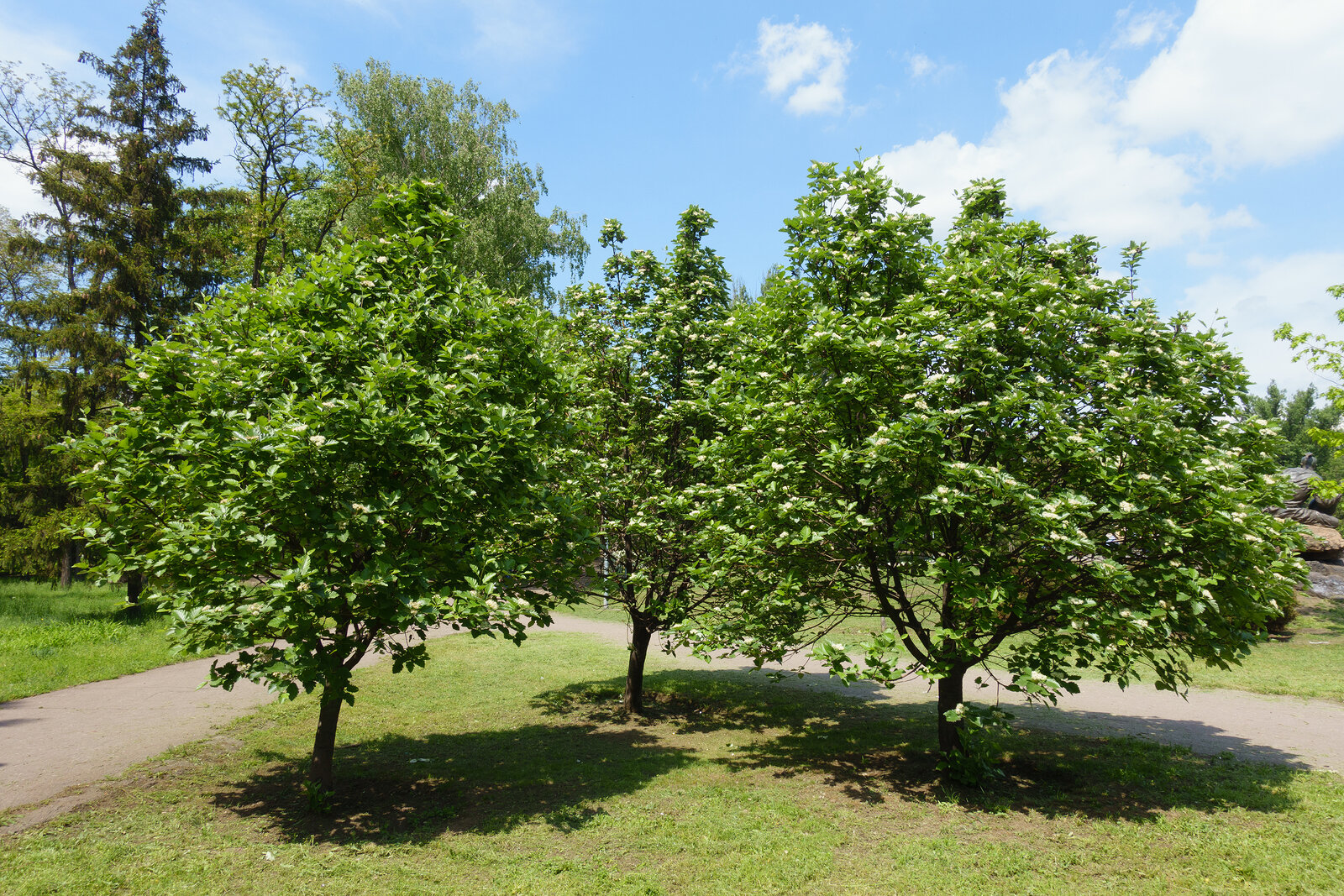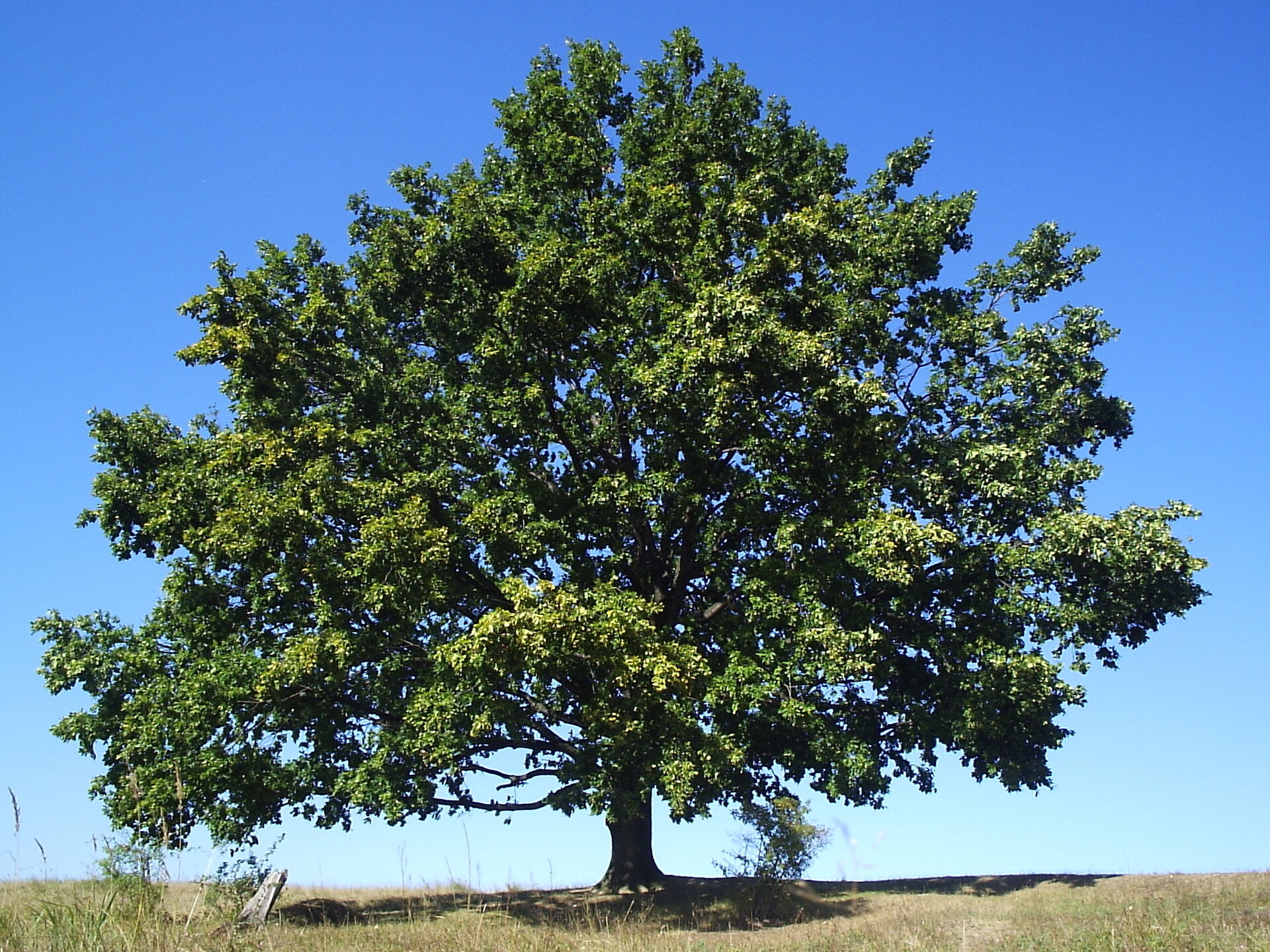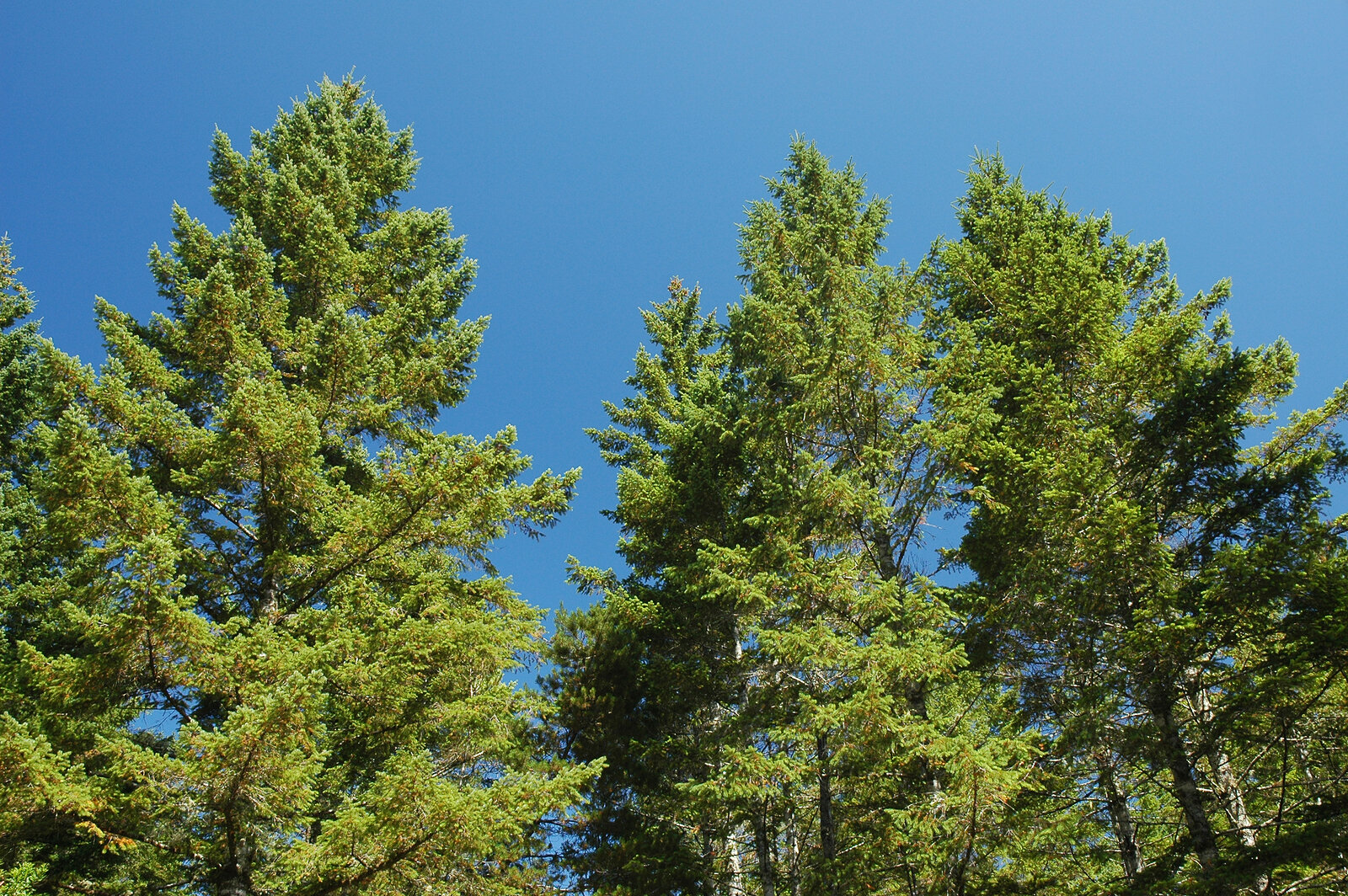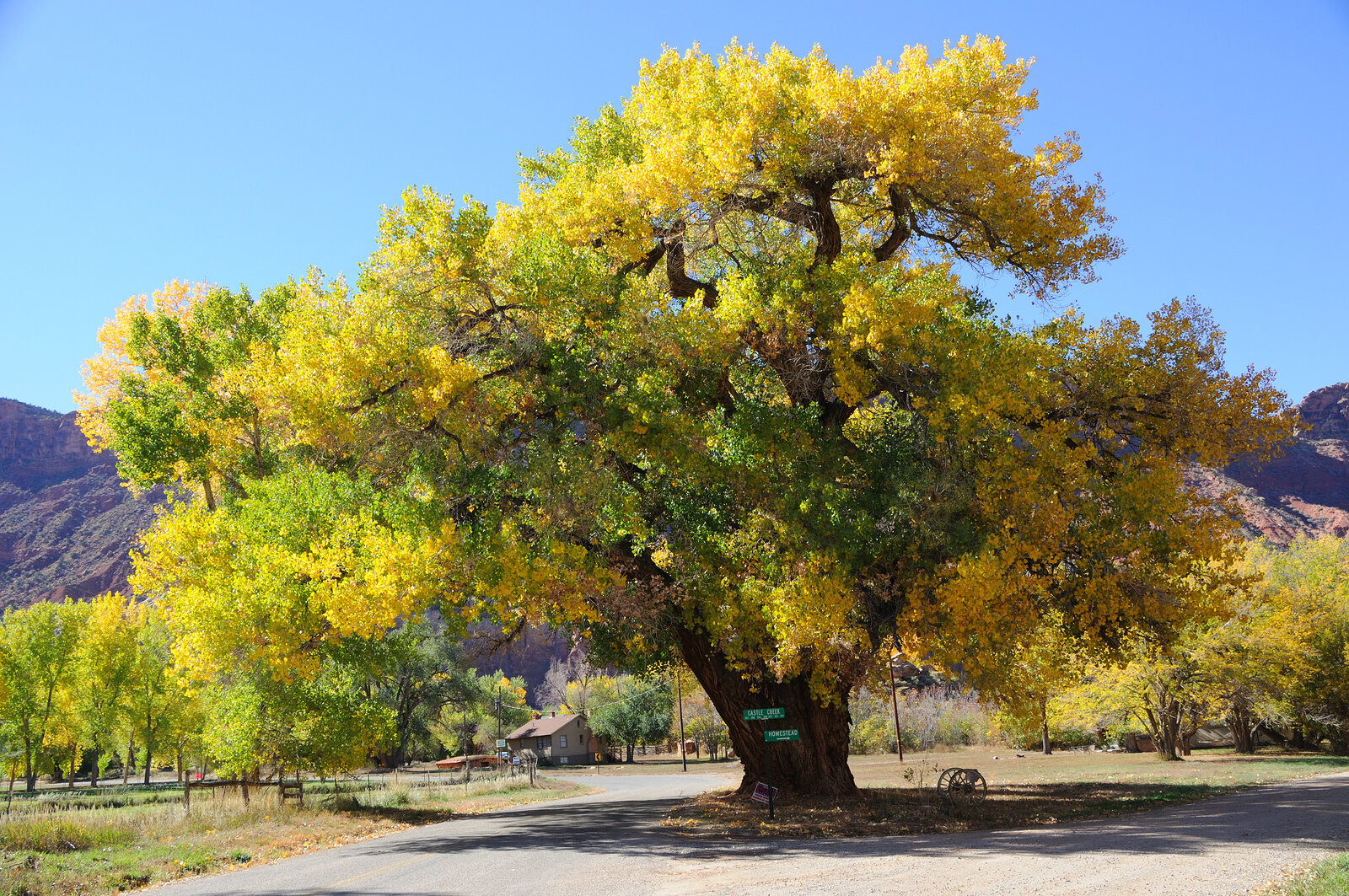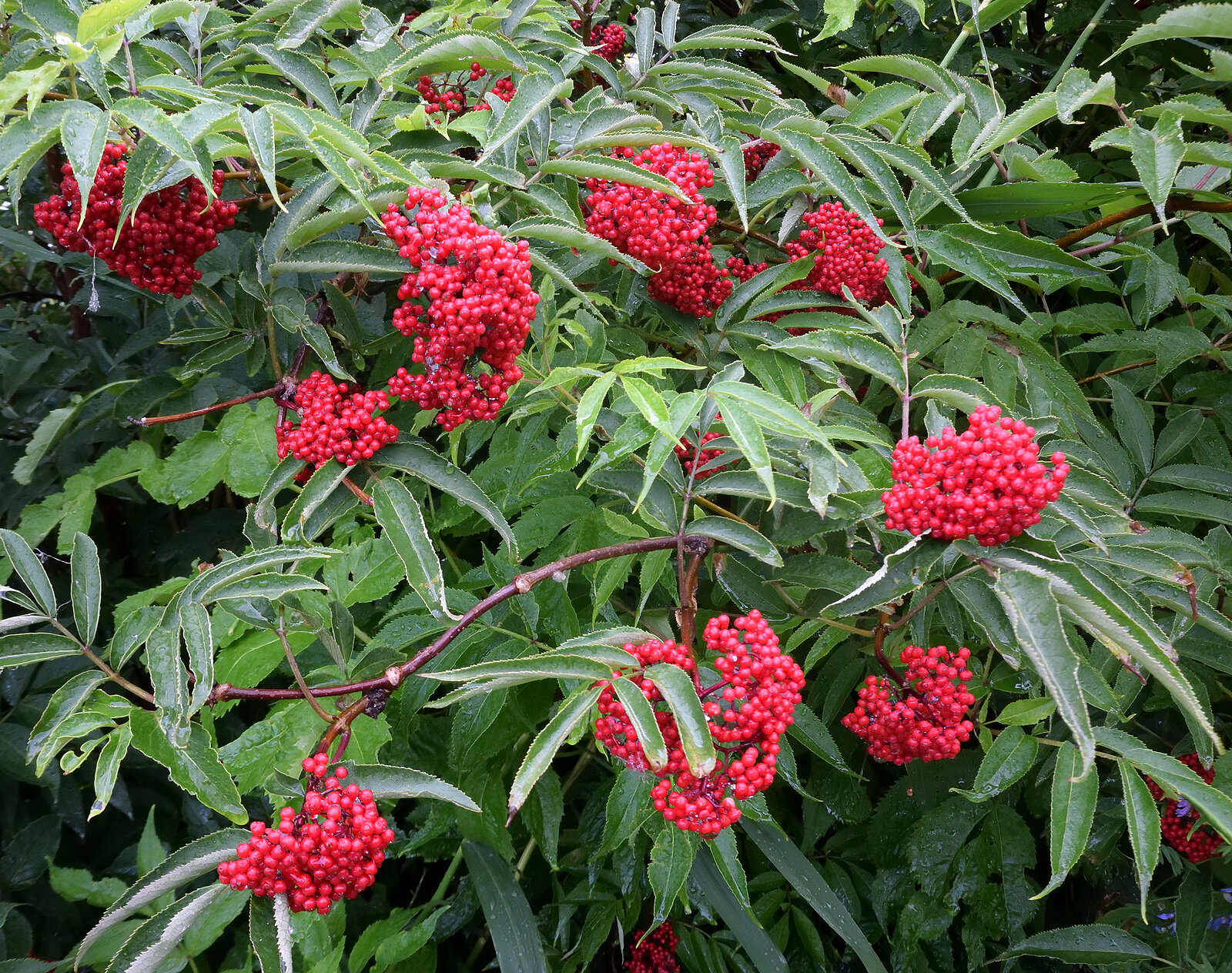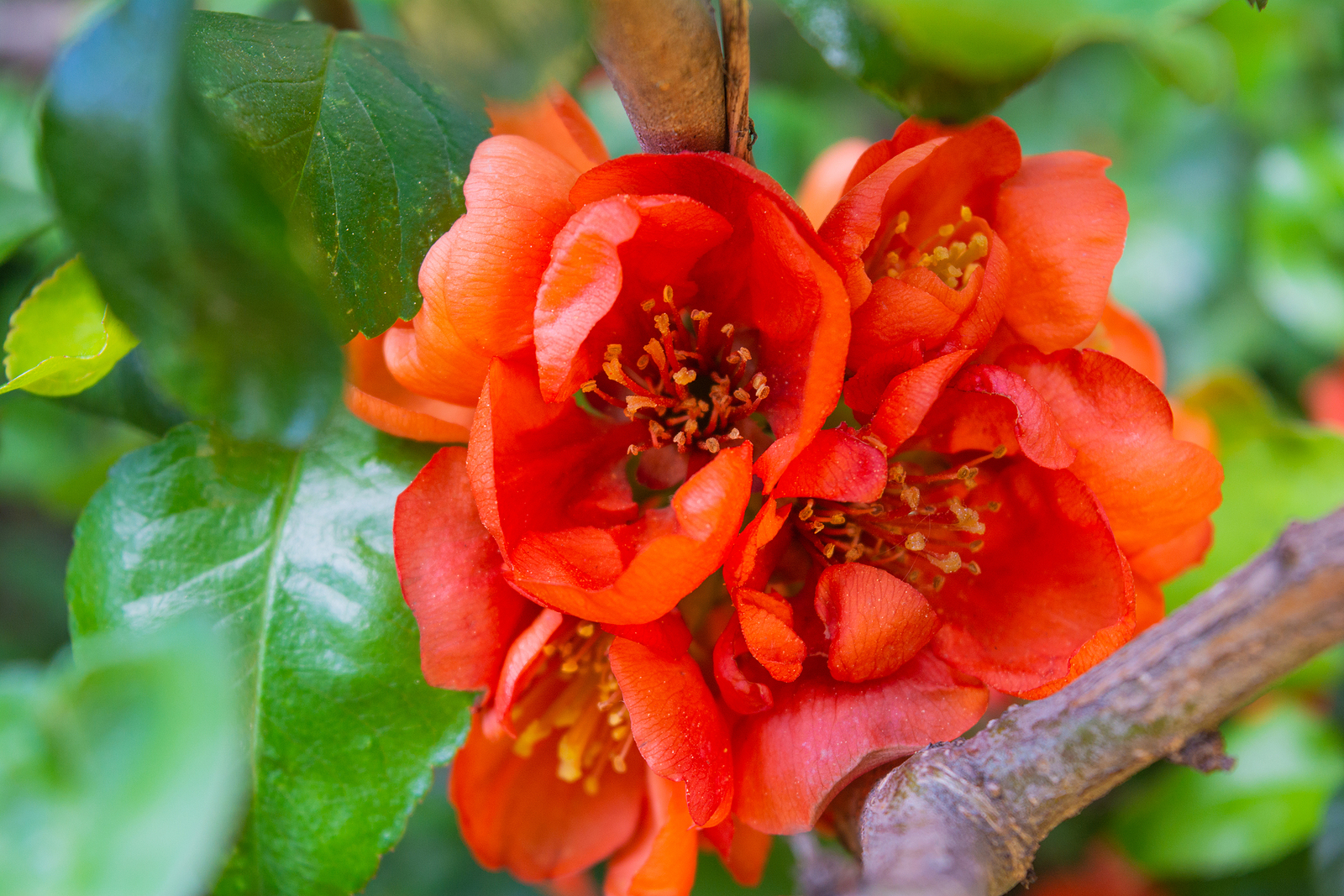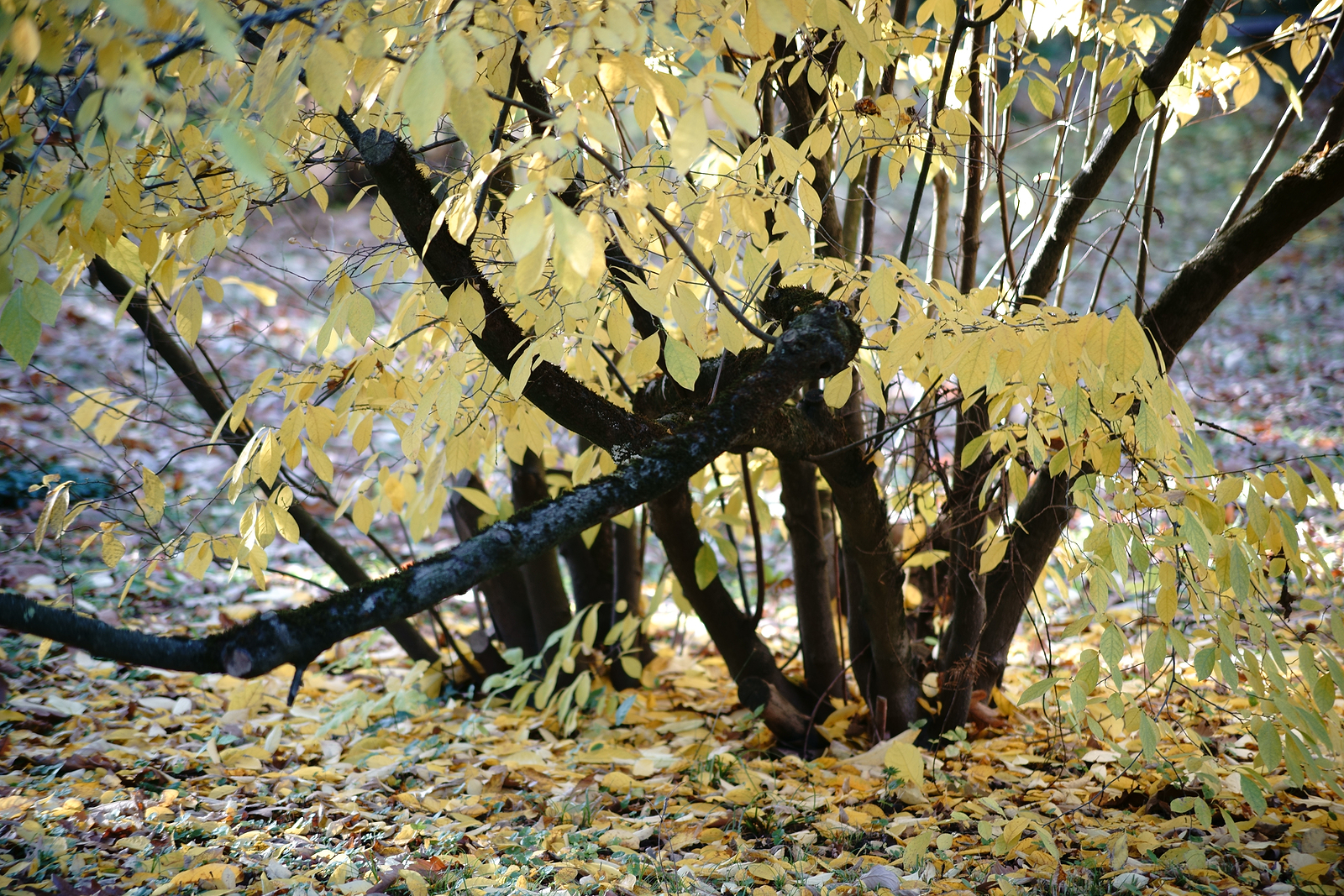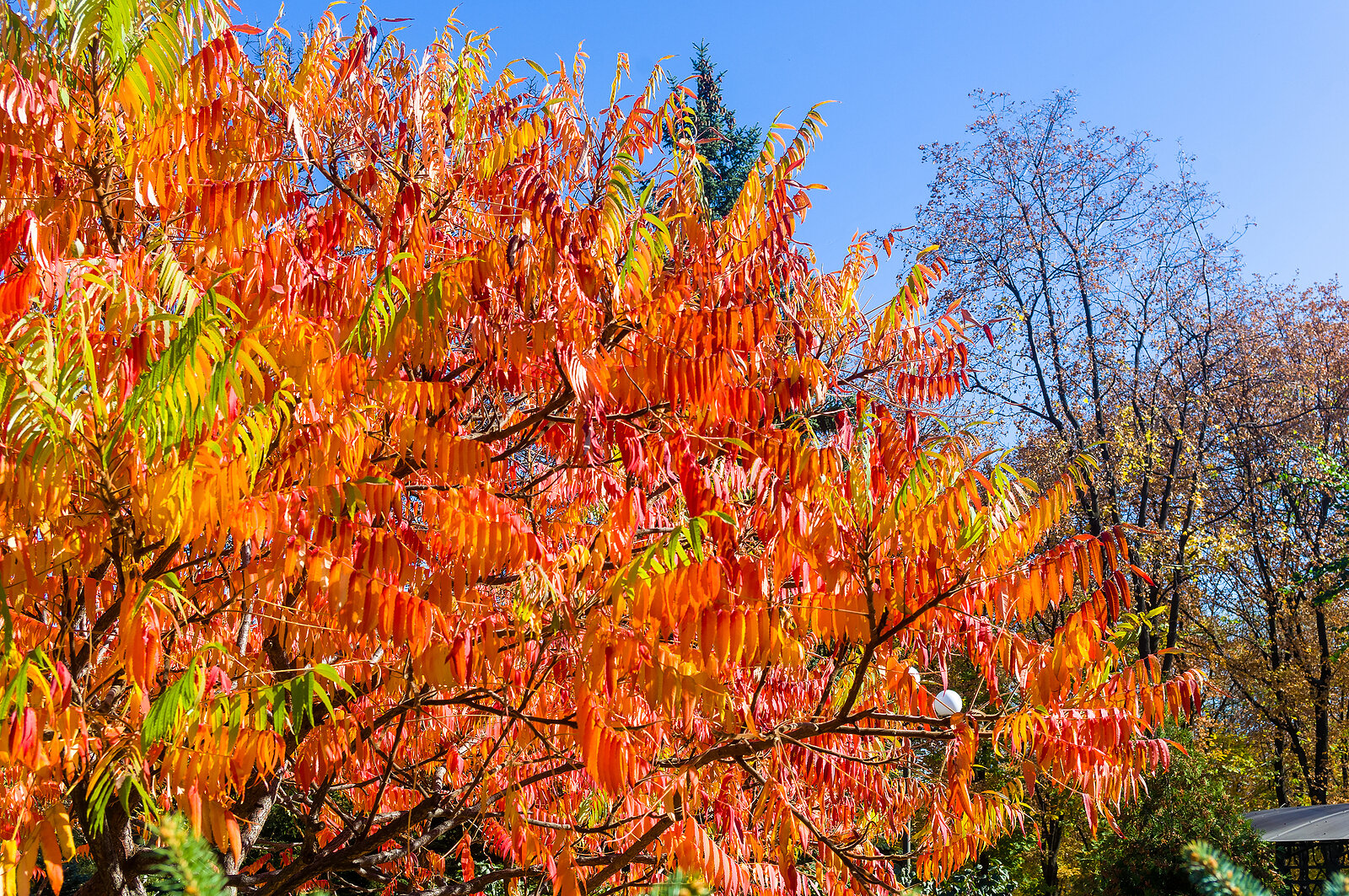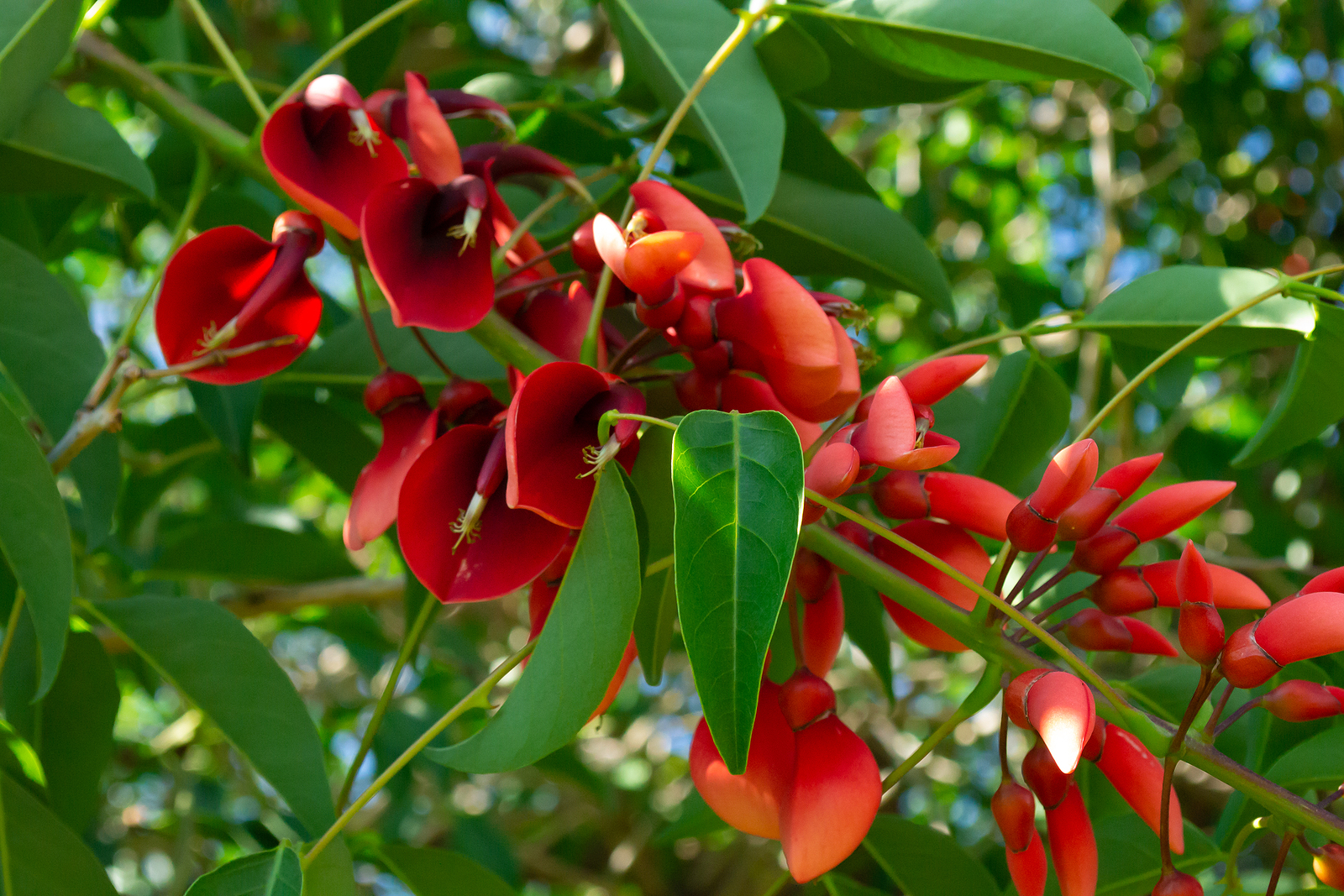How to Grow Mountain Ash – Sorbus
Sorbus–commonly called mountain ash–is often grown for its showy spring flowers and shower autumn fruit. Creamy white blossoms appear in broad, flat clusters scattered over the canopy. The flowers turn to hanging clusters of small, red or orange-red berry-like fruit that color in late summer and early fall. Sorbus are deciduous trees or shrubs. There […] More

